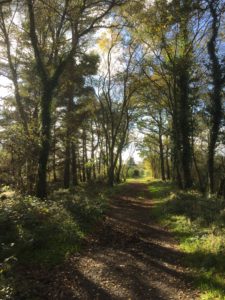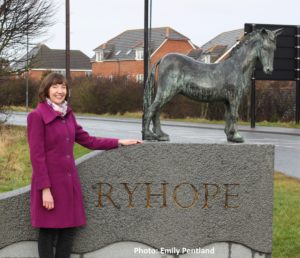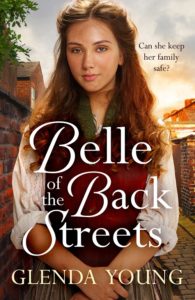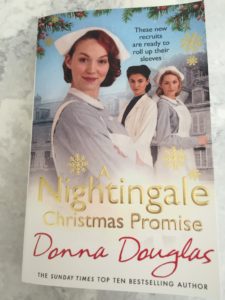It was a glorious Autumn day. The leaves were just turning into swathes of gold and red and the sky was the brightest clearest blue. Not a cloud in the sky, great for walking and a ‘feeling good to be alive day’. Bob at this time enjoyed walking in the countryside. Indeed he had even joined the ‘Ramblers’ and joined in with a group to explore the local countryside without me, when I was at work.On this particular day I had a hair appointment which was near to a local beauty spot, Hubbard’s Hills.
‘I’ll come with you’ he exclaimed, ‘I can walk around Hubbard’s Hills whilst you have your hair done.’
‘Well take your little Nokia so I can let you know when I’m done,’ I replied. (Thank God I’d thought of that phone!)
We drove together to the hairdressers and Bob went off in one direction and I rushed off to the hairdressers.
We arranged to meet up at the car, or ring each other whoever was finished first. It was me who rang Bob to find out where he was. I’d been waiting in the car for about half an hour – that was just over two hours since I had left him.
‘Where are you?’ I asked him slightly irritated.
‘I’m on my way back’ he said.
‘Ok, I’m in the car waiting for you. ‘
Another 30 mins passed and I thought I’ll go and look for him coming along the road near to Hubbard’s Hills. I’ll spot him I thought, as the road is straight and I’ll easily see him coming.
No sign.
I rang him again, slightly anxious. ‘Where are you?’
‘I don’t know.’
I asked him what he meant, and if he could see any buildings, or if he could see the church spire from where he was.
‘No’ he said, ‘I can’t see anything just miles of fields.’
I knew I had to stay calm because Bob was in a panic. I told him to see if he could see anyone to ask. He explained that there was a man in a tractor in the field that he could see. He was beginning to walk through the field to get to him.After a few minutes the farmer was put on the phone to me. He told me the name of the hamlet which I didn’t really know and told me that Bob had got himself lost. He pointed him back on the road to home and I said I would drive to get him.
In hindsight I should have said keep him there and I will come to you, because Bob carried on walking and when I got to the hamlet he was nowhere in sight.
It was 6 hours later and I had driven around searching for Bob on every little road leading back to our town I could think of. I decided to go home and ring the police as it was getting dark. Panic was starting to envelop every part of me.
I had just picked up the phone when a 4×4 roared into the drive. Bob had been picked up by an immensely kind man and brought home. He was cold and muddy and very sorry for himself but none the worse for his adventure. He was able to recite his address and let the man know where he lived. (Even now his address and date of birth are imprinted on his mind).
I knew he was upset so I didn’t get cross to add to his trauma but simply said ‘ It’s alright Bob you’re home now and I’ve got some lovely warm soup and a nice warm fire.’
To the kind stranger I simply said. ‘Thank you so much, I’ve been out of my mind.’ I pressed a bottle of our best red wine into his hands and told him to have a drink on us.
It was after this incident that I found out about The Herbert Protocol, a scheme where you can fill in a form and give it to the local police with a picture in case a loved one like Bob ever goes missing again. It can save vital time in this sort of emergency.
Later I asked Bob how he had managed to get lost and he said matter of factly, ‘I forgot to turn round and head back.’
He was walking further and further away without knowing!
And that’s when I realised he wasn’t safe to go off walking in the countryside on his own.












